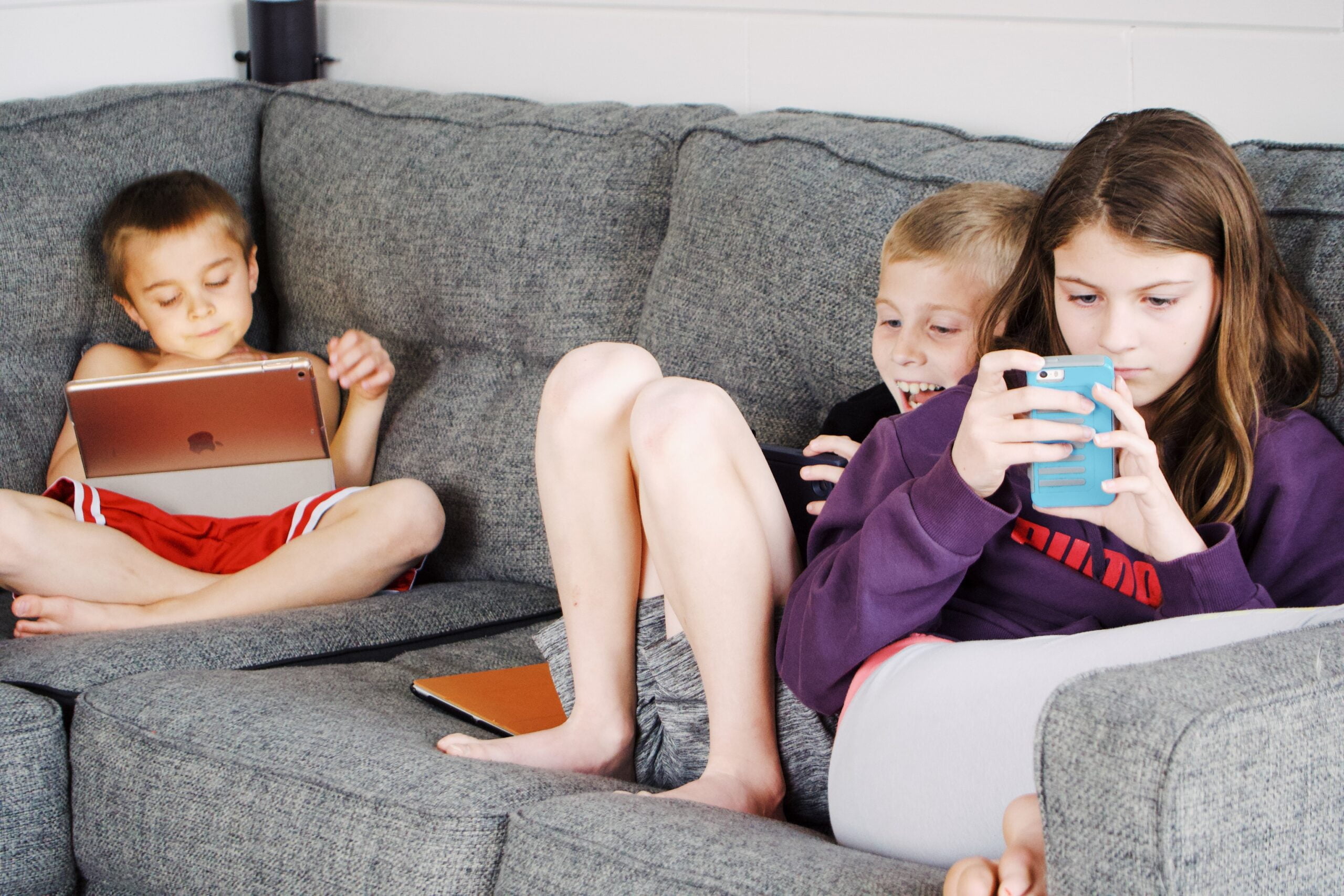As parents, it’s hard to keep track of our children’s screen time. With tablets, smartphones, and laptops all around, it’s increasingly difficult to monitor and limit our kids’ exposure to digital devices.
With the rise of social media and video games, our children’s screen time is at risk of spiralling out of control. So, how much screen time is too much for our children? In this blog post, we’ll explore the risks and benefits of screen time and offer some strategies for effectively managing screen time in the home.
The risks of too much screen time for children
There are several potential risks associated with too much screen time. Too much screen time can lead to physical health problems, such as obesity, poor posture, and eye strain. It can also lead to mental health issues, such as decreased concentration, difficulty sleeping, and irritability. Additionally, too much screen time can lead to social issues, such as difficulty interacting with peers and increased aggression. Finally, there is also the possibility that too much screen time can lead to increased exposure to inappropriate content, which can negatively impact children’s emotional well-being.
So, what are the benefits of limited screen time?
Limiting screen time reduces distractions and encourages children to focus on creative tasks and academic responsibilities. It also encourages physical activity, as children have more time to get outside and be active. In addition, limiting screen time can encourage social interaction, as it gives children more time to interact with peers. Furthermore, effectively limiting screen time can help to improve bedtime routines.
Screen time recommendations by age
To help parents balance their children’s screen time, the American Academy of Pediatrics (AAP) has created a chart of screen time recommendations by age.
According to the AAP, children ages three to five should have no more than one hour of screen time per day, and children ages six and older should have no more than two hours of screen time per day. The AAP also recommends that parents limit their own screen time in order to set a good example for their children.
Managing screen time at home
Managing screen time in the home can be challenging, but several strategies can help:
- Make a schedule
Create a screen time schedule featuring different times and days on which screen time is allowed, and make sure everyone in the family follows it.
- Create screen-free areas
Designate a screen time-free area in the home, such as the living room or kitchen, and make sure everyone follows the rule.
- Have meals without screens
Create a “no screens during meals” rule, as this encourages family interaction.
- Set an example
Finally, set an example and limit your own screen time to encourage your children to do the same.
Also, make sure to monitor the type of content your children are viewing, as some content may not be appropriate for their age.
Strategies for reducing screen time
If your children are having difficulty following the screen time rules, there are several strategies you can use to reduce their screen time.
First, replace screen time with physical activities, such as playing outside or taking a family walk. Second, encourage your children to find other activities they enjoy, such as reading, playing an instrument, or doing a craft. Finally, create rewards for following the screen time rules, such as a special outing or making their favourite dinner.
The bottom line
Screen time can be beneficial, but too much screen time can harm children’s physical and mental health. To ensure your child’s safety, it’s important to understand the risks of screen time and create limits. Balancing screen time can be challenging, but with the right strategies and a little patience, it’s possible to ensure your children’s safety and well-being when it comes to using screens.




